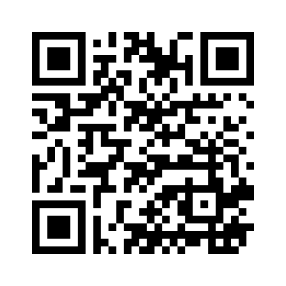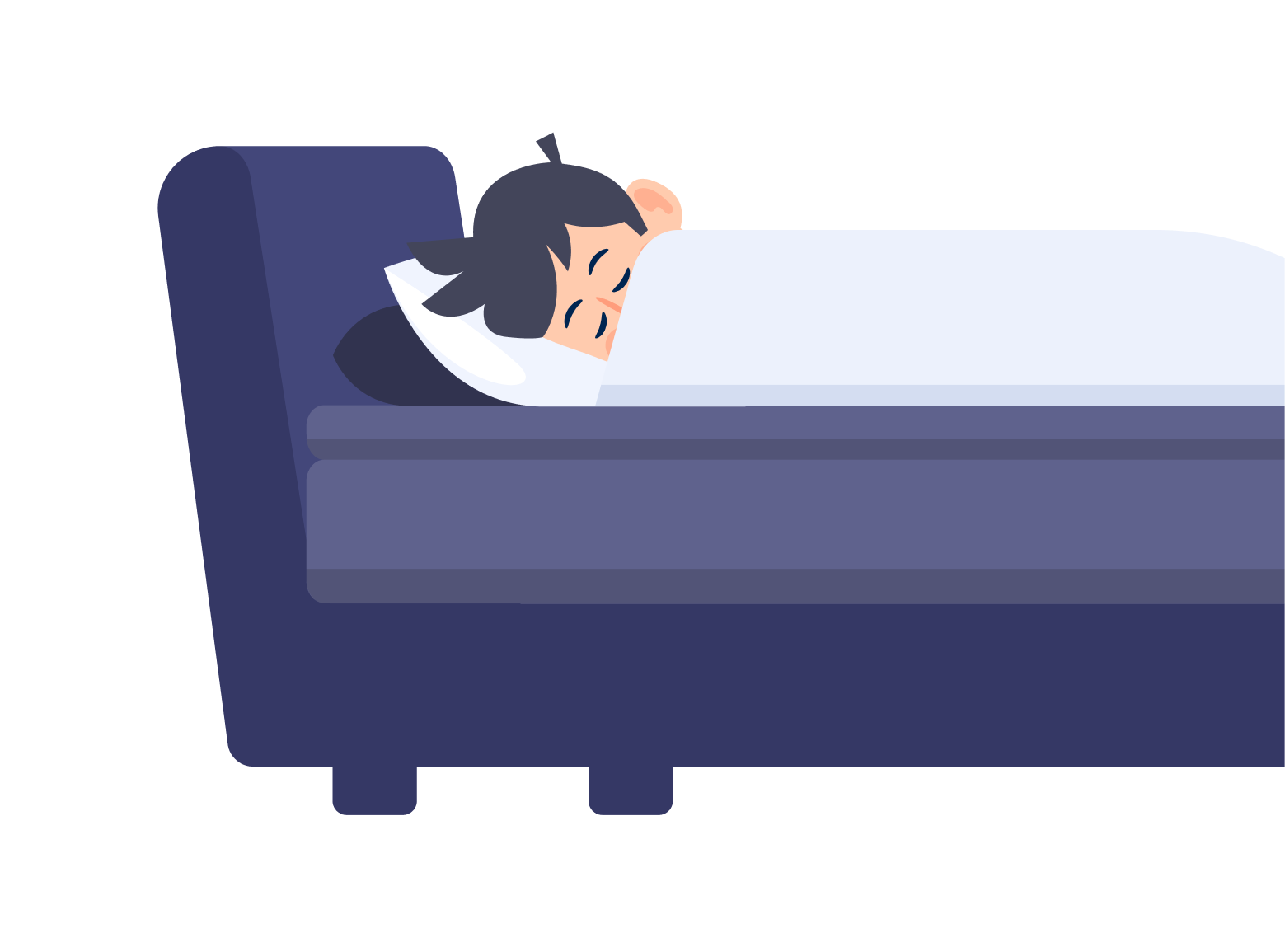Each night, our minds slip into a world where logic bends, memories mingle, and emotions come to life in vivid, unpredictable ways. Dreams have long been the subject of fascination and mystery, but lucid dreams—those rare moments of awareness within the dream state—offer something more than wonder. They offer agency. And within that agency lies the potential for transformation.
Lucid dreaming is not just a curious phenomenon. It is a gateway into the unconscious, and when approached with care and intention, it becomes a deeply therapeutic tool. In the space between sleep and wakefulness, healing becomes possible—not through force, but through presence, reflection, and imagination.
Waking Up Inside the Dream
Lucidity begins with awareness. The moment a dreamer realizes they are dreaming, something extraordinary happens: the narrative is no longer fixed. The dream becomes interactive, and the dreamer gains the ability to shape the experience.
This doesn’t always mean flying or bending the laws of physics, though those moments can be exhilarating. Often, the most profound lucid dreams are the quiet ones. They are the dreams in which we speak to someone we’ve lost, confront a fear without flinching, or choose to stay in a moment we would otherwise escape. They are emotional rehearsals, symbolic conversations, and personal discoveries—conducted in the theater of the subconscious.
Dreams as Emotional Mirrors
The therapeutic power of lucid dreaming lies in its ability to reflect and reshape the emotional self. In waking life, many of our wounds remain buried, inaccessible to logic or language. But dreams speak the language of emotion, metaphor, and memory. They reveal what we avoid, repeat what we suppress, and symbolize what we struggle to articulate.
Lucid dreaming allows us to step into this emotional mirror with awareness. We can revisit scenes of distress from a new perspective, engage with dream figures who represent parts of ourselves, or rewrite outcomes that once felt inevitable. This act of witnessing—of remaining present within the emotional charge—can shift the way we carry pain. It can replace helplessness with agency, confusion with insight, and fear with understanding.
A Space for Safe Exploration
For people living with anxiety, trauma, or grief, the dream space can sometimes feel overwhelming. Nightmares replay moments of terror. Emotional themes surface in unpredictable, unsettling ways. But lucidity brings a sense of safety into that space.
Being aware that one is dreaming can transform even the most distressing scenario. A nightmare no longer holds absolute power; it becomes an invitation to ask questions, make choices, or simply observe. This shift from victim to participant alters how the brain processes the event. Over time, the dreamer may begin to experience fewer nightmares or relate to them differently—less as threats and more as signals.
This process is similar to exposure therapy, but it unfolds in a world where the body is safe, and the risks are imaginary. Lucid dreaming creates the opportunity to rewire emotional responses gently, allowing healing without retraumatization.
The Role of Intention in Lucid Dreaming
Lucid dreaming is not something that happens by accident alone. While spontaneous lucid dreams do occur, they become more frequent and meaningful through intentional practice. This involves cultivating awareness of dream patterns, improving dream recall, and training the mind to recognize the signs of dreaming.
Many lucid dreamers begin by writing down their dreams each morning. This simple act of attention strengthens memory, deepens reflection, and fosters a sense of continuity between the waking and dreaming mind. From there, techniques like mindfulness, visualization, and dream incubation can be used to set the stage for lucidity.
And this is where technology meets intention.
Dreamly: A New Companion for Dream Exploration
In the evolving landscape of mental wellness and digital tools, one name is quietly redefining the way people approach their dreams: Dreamly. More than just a journal, Dreamly is a space where your night-time experiences are recorded, interpreted, and transformed into sources of insight and growth.
At the heart of Dreamly is an advanced AI dream journal. It analyzes the content, emotions, and patterns of your dreams, helping you uncover deeper layers of meaning. Whether you’re experiencing recurring symbols, exploring new dreamscapes, or aiming for lucidity, the app offers personalized guidance that evolves with your journey.
But Dreamly doesn’t stop at reflection. Its approach is immersive and empowering. The app encourages regular journaling, supports dream recall with gentle reminders and prompts, and provides access to a library of insights on dream psychology, lucid techniques, and emotional integration. Over time, users begin to notice not only more dreams—but richer ones, more vivid, more expressive, and often more lucid.
What makes Dreamly stand out is its ability to make the therapeutic potential of dreams accessible. It’s not about controlling the dream; it’s about understanding it. And through that understanding, people often begin to sleep better, feel clearer, and connect more deeply with themselves.
When the Mind Heals Itself
Therapy doesn’t always require a couch and a professional. Sometimes, it happens in the quiet hours of the night, when the conscious mind softens and the deeper self rises to speak. Lucid dreaming opens that channel. It allows the dreamer to participate in their own healing—not as a patient, but as a guide within the landscape of their psyche.
This isn’t about escaping reality. On the contrary, it’s about returning to it with new perspective. A person who confronts a fear in a lucid dream may wake up feeling lighter. Someone who has a symbolic conversation with a lost loved one may feel a lingering sense of peace. The shifts are subtle, emotional, and lasting.
Lucid dreaming offers what few other practices can: a direct line to the unconscious mind, and a way to interact with it in real time. Whether used for emotional processing, self-exploration, or simple wonder, it has the power to reconnect us with parts of ourselves we often forget in the noise of daily life.
Sleeping with Purpose
As science continues to explore the possibilities of consciousness, the therapeutic value of dreams is being reexamined with fresh curiosity. Lucid dreaming, once dismissed as fantasy, is now emerging as a legitimate method of inner work. And in an age of digital overwhelm and emotional fatigue, the idea that healing can happen during sleep feels like both a return to ancient wisdom and a leap into the future.
Through tools like Dreamly, more people are discovering that sleep isn’t just a break from the day—it’s a door. And behind that door lies a world of symbols, emotions, and truths waiting to be explored. Not for escape, but for healing. Not to control, but to understand.
In the lucid state, we are not just dreamers. We are witnesses, explorers, and healers—awake within the mystery of our own minds.








